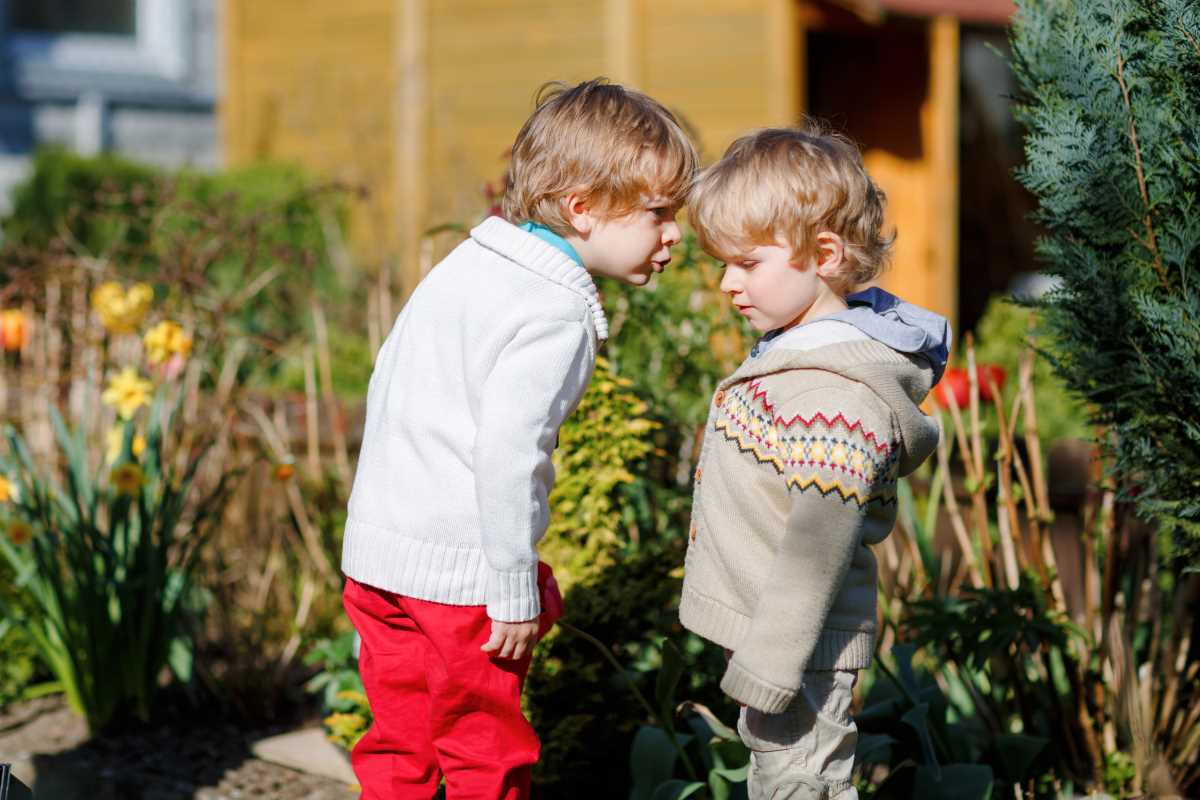Growing up often reshapes the relationships between siblings, as personal interests and individual identities take center stage. During adolescence, brothers and sisters experience a push and pull between seeking independence and valuing family ties. This period offers many opportunities for siblings to discover new ways to connect and support one another. Disagreements are common, yet these moments can lead to greater understanding and respect. As they face new challenges together, siblings may find that their shared experiences help them form a stronger, more meaningful bond that lasts well beyond their teenage years.
Balancing personal space with shared experiences can help siblings learn more about themselves and each other. As they explore the world in their own ways, a supportive family atmosphere can help them find common ground while respecting their differences.
Strategy 1: Encourage Open and Honest Communication
Sharing thoughts and feelings builds trust between siblings. Honest conversations can clear up misunderstandings quickly and help everyone feel heard. When siblings talk about their dreams, fears, and interests, they gain insight into each other’s lives.
Creating a comfortable space for discussion might include setting aside time each week for casual talks or even discussing small daily events. This practice not only helps resolve conflicts early but also paves the way for sharing achievements and challenges without judgment.
Strategy 2: Foster Shared Activities and Hobbies
Choosing activities that both siblings enjoy can help them discover new interests. This might involve trying out a sport, exploring creative projects, or simply spending time outdoors. Engaging in mutual hobbies builds a connection based on fun and understanding.
When both siblings participate in the same activity, they learn to collaborate and support each other. They might decide together to practice a musical instrument, join a local sports team, or even cook dinner together. Some fun ideas include:
- Participating in a local art class
- Exploring nature trails on weekends
- Building a model or working on a small DIY project
Sometimes, taking a step further by exploring tips on building strong sibling bonds can add valuable perspective. These activities not only create happy memories but also set the stage for lasting friendship between siblings.
Strategy 3: Teach Conflict Resolution and Empathy
Arguments are a natural part of sibling relations, and learning to resolve differences smoothly strengthens relationships. When siblings understand each other’s points of view, they develop empathy and find common ground more easily. This practice helps in minimizing long-lasting resentment from heated moments.
Parents can guide their children by demonstrating active listening during disagreements and suggesting ways to compromise. Sometimes, trying a role reversal game where each speaks on behalf of the other might reveal surprising insights about shared feelings.
Strategy 4: Celebrate Each Other’s Successes and Milestones
Sharing in each other’s victories fosters mutual respect and admiration. When siblings acknowledge each other’s achievements, they create an environment where both feel valued. Public celebrations or small personal rewards can go a long way in solidifying this bond.
Here are some steps to practice positive reinforcement:
- Recognize the small victories, such as completing a challenging project or excelling in a hobby.
- Offer genuine compliments that highlight unique efforts and personal growth.
- Create little rituals to celebrate milestones, like a special dinner or a fun outing.
- Express gratitude for the support received during tough times and share encouraging words.
These acts of celebration help build an encouraging atmosphere in which both siblings feel comfortable and secure in each other’s success.
Strategy 5: Setting Boundaries and Respecting Differences
A healthy relationship also means knowing when to give space and accepting differences. Recognizing personal boundaries helps siblings grow individually while still appreciating the importance of a shared bond. This balance reduces tensions and prevents misunderstandings from turning into conflicts.
Understanding that each person has unique interests and needs can lead to a respectful partnership. Agreement on personal time, chores, and study requirements can make everyday interactions fair and considerate. When siblings respect their differences and personal limits, the relationship becomes more resilient and adaptive.
Implementing these ideas in day-to-day life might require patience and creativity. Remember that small, sincere efforts often lead to lasting improvements in the way siblings get along. By learning practical communication methods, taking part in activities they enjoy, and acknowledging each other’s achievements, siblings can build a connection that lasts well beyond the teenage years.
These simple practices create a harmonious home and help siblings become more considerate and confident. Try them to see meaningful changes in your relationships.







